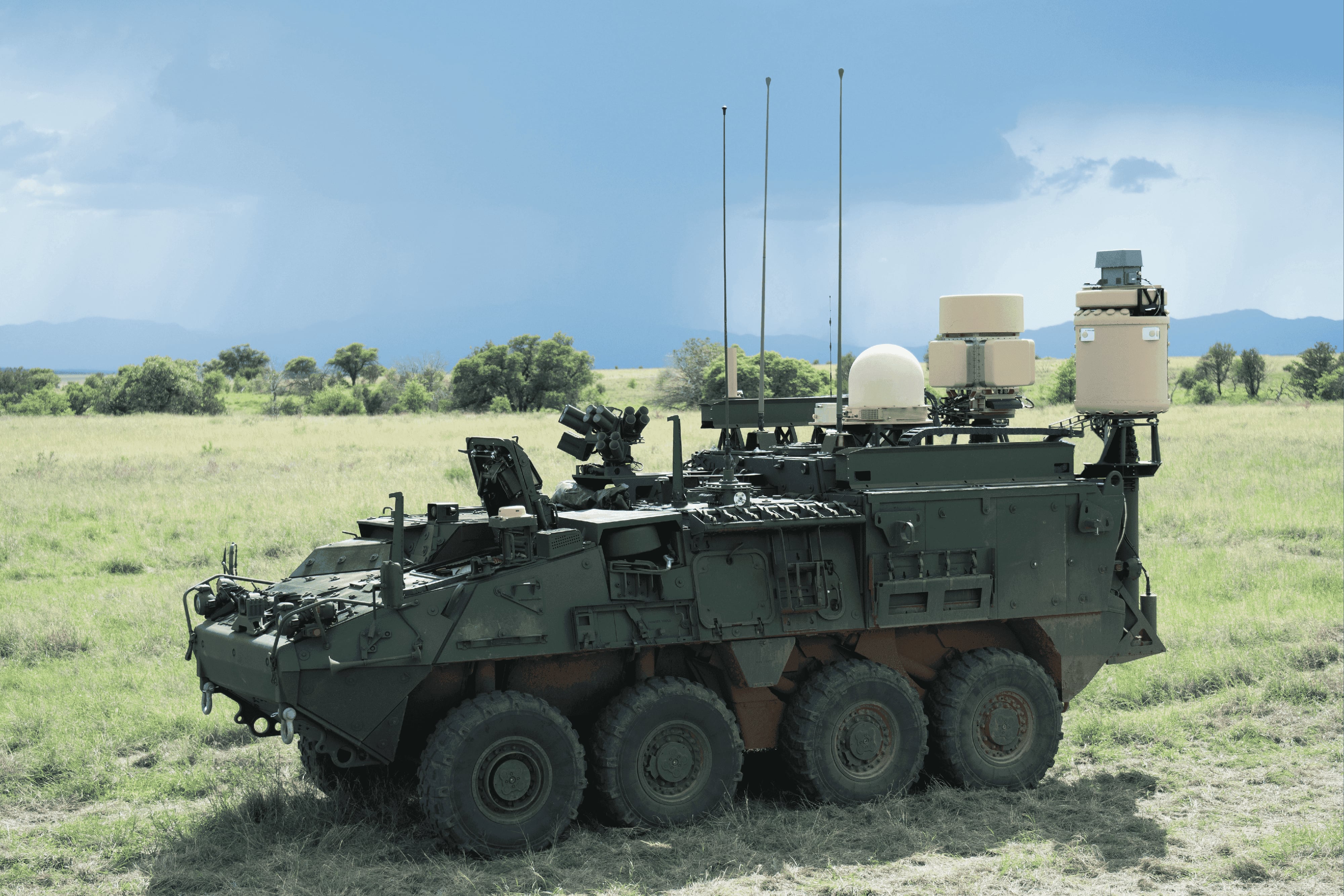WASHINGTON — Lockheed Martin secured a $58.8 million contract to furnish prototypes for the Terrestrial Layer System-Brigade Combat Team program, meant to give soldiers a relevant suite of electronic warfare, cyber and signals intelligence capabilities.
The other transaction authority agreement, announced July 13 by the U.S. Army, runs through October 2023. Lockheed will provide prototypes mounted into Stryker combat vehicles ready for operational assessment and issuance to an initial unit.
The TLS-BCT is considered a next-generation platform for the Army that brings the service one step closer to satisfying the joint all-domain operations philosophy, a holistic approach to planning and fighting. The system is designed to boost awareness and offer troops more offensive options that can deny or degrade enemy systems.
Officials have said the TLS-BCT will help defeat contemporary threats on an increasingly digital battlefield. Modern warfare often revolves around control of the electromagnetic spectrum, which is relied upon to communicate with allies and identify and suppress adversaries.
“The new integrated suite of signals intelligence, electronic warfare, and cyberspace operations provides the warfighter with critical situational awareness of the enemy through detection, identification, location, exploitation, and disruption of enemy signals of interest,” said Ken Strayer, the project manager for electronic warfare and cyber at the Army’s Program Executive Office for Intelligence, Electronic Warfare and Sensors.
The deal announced Wednesday is the latest advancement in the effort, and marks another win for Lockheed.
RELATED
The Maryland-based aerospace and defense company in September won a $9.6 million second-round contract, beating out Boeing subsidiary Digital Receiver Technology and allowing it to continue development.
At the time, Lockheed said it would spend a few months finalizing hardware and software designs based on previous experience and soldier feedback.
Deon Viergutz, vice president of Lockheed’s spectrum convergence division, on July 14 said he and his team were “pleased to continue” their partnership with the Army and its program “that will help soldiers operate effectively within the electromagnetic spectrum.”
“TLS-BCT is an example of Lockheed Martin’s 21st century security vision in action, taking a cutting-edge program from concept to fully fielded prototype under an aggressive schedule to put this important capability into the hands of the warfighter, helping them be ready for future mission needs,” Viergutz said.
The Army this year identified a power problem associated with new networking tools and older Strykers during a live-fire exercise in Germany. Officials on June 23 told reporters the matter was under investigation and would be fixed, and that a solution may already exist with newer variants.
The Program Executive Office for Ground Combat Systems, which works with Strykers, was looped in to help.
Colin Demarest was a reporter at C4ISRNET, where he covered military networks, cyber and IT. Colin had previously covered the Department of Energy and its National Nuclear Security Administration — namely Cold War cleanup and nuclear weapons development — for a daily newspaper in South Carolina. Colin is also an award-winning photographer.








